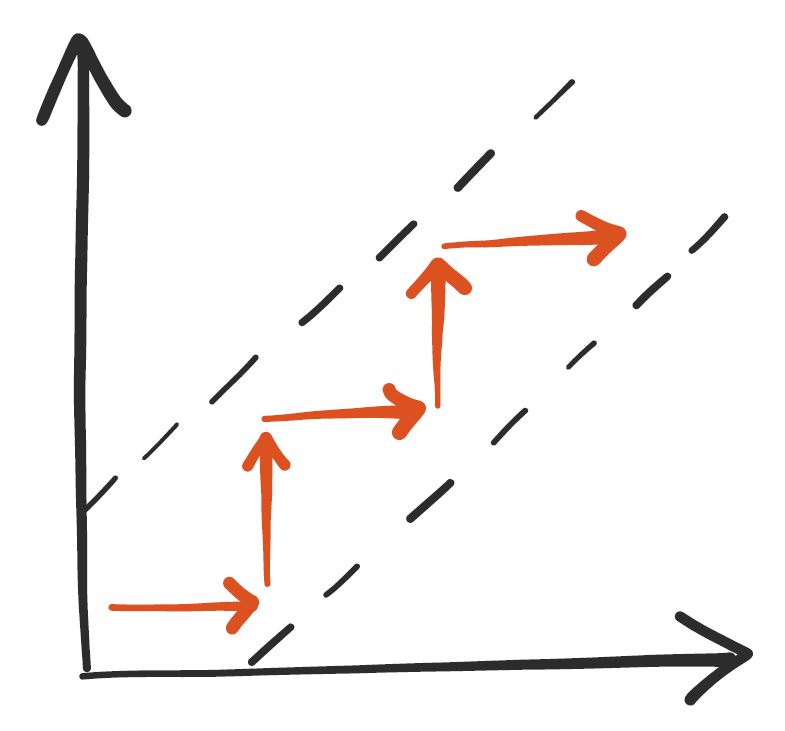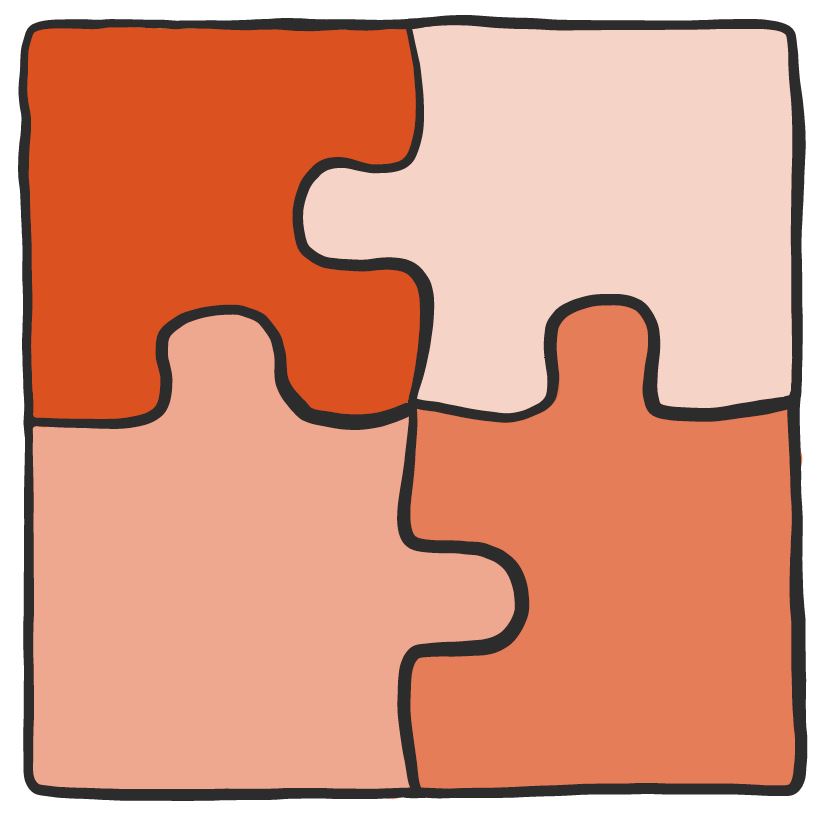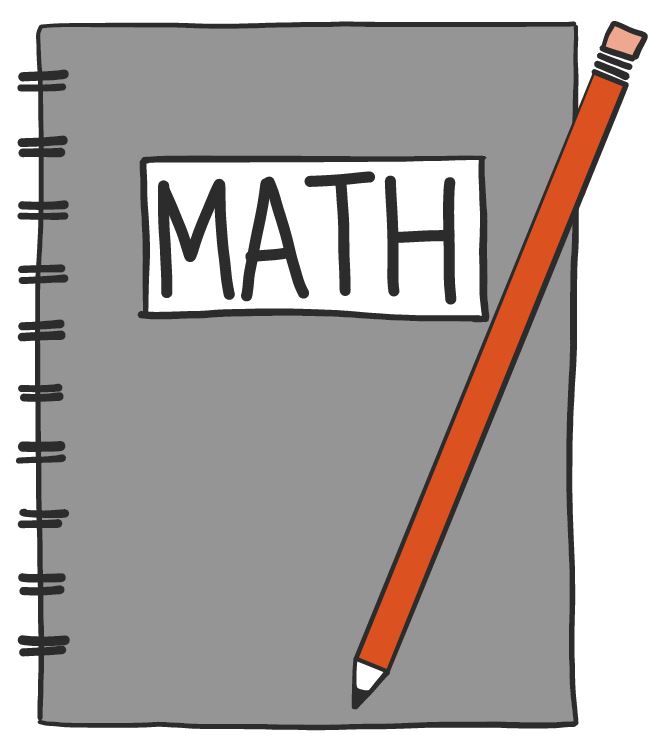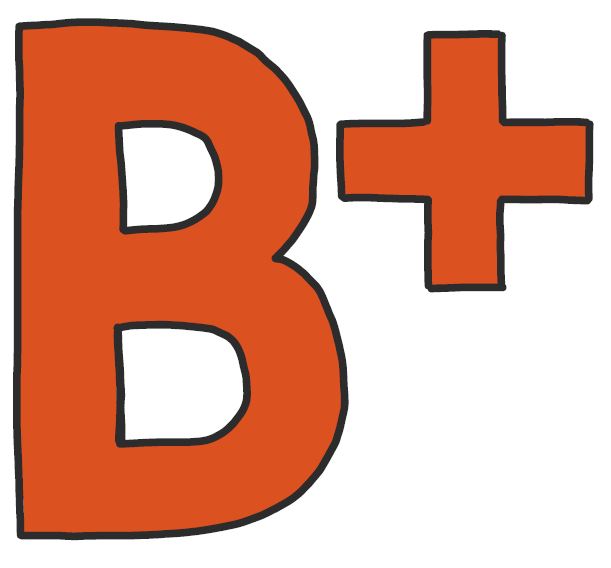
If we want our students to think, we need to give them something to think about—something that will not only require thinking but also encourage thinking. In mathematics, this comes in the form of a task, and having the right task is important. The research revealed that we have to give thinking tasks. When first starting to build a thinking classroom, it is important that these tasks are highly engaging non-curricular tasks. As the culture of thinking begins to develop, we transition to using curriculum tasks. The goal of thinking classrooms is not to get students to think about engaging with non-curricular tasks day in and day out—that turns out to be rather easy. Rather, the goal is to get more of your students thinking, and thinking for longer periods of time, within the context of curriculum, which leads to longer and deeper learning.

We know from research that student collaboration is an important aspect of classroom practice, because when it functions as intended, it has a powerful impact on learning (Edwards & Jones, 2003; Hattie, 2009; Slavin, 1996). How we have traditionally been forming groups, however, makes it very difficult to achieve the powerful learning we know is possible. Whether we grouped students strategically (Dweck & Leggett, 1988; Hatano, 1988; Jansen, 2006) or we let students form their own groups (Urdan & Maehr, 1995), we found that 80% of students entered these groups with the mindset that, within this group, their job is not to think. However, when we frequently formed visibly random groups, within six weeks, 100% of students entered their groups with the mindset that they were not only going to think, but that they were going to contribute. In addition, the use of frequent and visibly random groupings was shown to break down social barriers within the room, increase knowledge mobility, reduce stress, and increase enthusiasm for mathematics.

One of the most enduring institutional norms that exists in mathematics classrooms is students sitting at their desks (or tables) and writing in their notebooks. This turned out to be the workspace least conducive to thinking. What emerged as optimal was to have the students standing and working on vertical non-permanent surfaces (VNPSs) such as whiteboards, blackboards, or windows. It did not matter what the surface was, as long as it was vertical and erasable (non-permanent). The fact that it was non-permanent promoted more risk taking, and the fact that it was vertical prevented students from disengaging. Taken together, having students work, in their random groups, on VNPSs had a massive impact on transforming previously passive learning spaces into active thinking spaces where students think, and keep thinking, for upwards of 60 minutes.

At its core, a classroom is just a room with furniture. Absent the students and the teacher, a classroom is an inert space waiting to be inhabited, waiting to be used, waiting for thinking to happen. This is not to say that the classroom, in its inert form, has no role in what happens in it—it actually has a huge role in determining what kind of learning can take place in it. The research showed that rectilinear and fronted classrooms promote passive learning. On the other hand, a defronted classroom—a classroom where students sit facing every which way—was shown to be the single most effective way to organize the furniture in the room to induce student thinking.

A typical teacher will answer between 200 and 400 questions in a day, all of which fall into one of three categories:
- proximity questions — the questions students ask because you happen to be close by
- stop-thinking questions — the questions students ask so they can reduce their effort, the most common of which is, “Is this right?”
- keep-thinking questions — the questions students ask so they can keep working, keep trying, and keep thinking.
The research showed that 90% of the questions that students ask are either proximity questions or stop-thinking questions and that answering these is antithetical to building a culture of thinking and a culture of learning. To build a thinking classroom, we need to answer only keep-thinking questions.

In typical classrooms, tasks are given to students textually—from a workbook or textbook, written on the board, or projected on a screen. Interestingly, asking students to do a task from a workbook or textbook produced less thinking than if the same task were written on the board. It matters how we give the task. It turns out to also matter when in the lesson we give the task and where the students are when the task is given. The research showed that a task given in the first five minutes of a lesson produces significantly more thinking than the same task given later in the lesson. Likewise, students thought more when the task was given to them while they were standing in loose formation around the teacher than when it was given while they were sitting at their desks. Incidentally, the research also showed that, although giving a task by writing it on the board produced more thinking than assigning it from a workbook or textbook, giving a task verbally produced significantly more, and different types of, thinking.

Homework, in its current institutionalized normative form as daily iterative practice to be done at home, doesn’t work. Almost every teacher I have interviewed says the same thing—the students who need to do their homework don’t, and the ones who do their homework are the ones who don’t really need to do it. The research confirmed this. The problem, it turns out, has to do with who students perceive homework is for (the teacher) and what it is for (grades) and how this differs from the intentions of the teacher in assigning homework (for the students to check their understanding). By rebranding homework as check-your-understanding questions and positioning it as an opportunity rather than a requirement, we saw significant changes in how students engaged with the practice and how they now approached it with purpose and thought.

A thinking classroom looks very different from a typical classroom. Students are working in groups rather than individually, they are standing rather than sitting, and the furniture is arranged so as to defront the room. Closer inspection will reveal that the teacher is giving instructions verbally, is answering fewer questions, and has drastically altered the way they give “homework.” All of these changes require a greater independence on the part of the students, and for thinking classrooms to function well, this independence needs to be fostered. But not just independence in general. To really access the potential of a thinking classroom, students need to learn to look at the work of their peers—to make use of the knowledge that exists in the room and to mobilize that knowledge to keep themselves thinking when they are stuck and need a push or when they are done and need a new task.

Mathematics teaching, since the inception of public education, has largely be been built on the idea of synchronous activity—students write the same notes at the same time, they do the same questions at the same time, et cetera. From a teacher’s perspective, this is an efficient strategy that, on the surface, allows us to transmit large amounts of content to groups of 20 to 30 students at the same time. If we go under the surface, however, we realize that students’ abilities are more different than they are alike, and the idea that they can all receive, and process, the same information at the same time is outlandish. Decades of work on differentiation is built on the realization that students learn differently, at different speeds, and have different mental constructs of the same content. What this work is telling us is that students need teaching built on the idea of asynchronous activity—activities that meet the learner where they are and are customized for their particular pace of learning. The research showed that, in order to foster and maintain thinking, we need to asynchronously give groups hints and extensions to keep them in flow—“a state in which people are so involved in an activity that nothing else seems to matter; the experience is so enjoyable that people will continue to do it even at great cost, for the sheer sake of doing it” (Csíkszentmihályi, 1990, p. 4).

In a thinking classroom, consolidation is of the utmost importance in every lesson. Through consolidation we are able to bring together the disparate parts of a task or an activity and help students to solidify their experiences into a cohesive conceptual whole. For over 100 years, this has involved teachers showing, telling, or explaining the learning that the teachers desired for the students to have achieved (Schoenfeld, 1985). The problem is that it doesn’t work. As mentioned, students, by and large, don’t learn by being told how to do it. In a thinking classroom, consolidation takes an opposite approach—working upwards from the basic foundation of a concept and drawing on student work produced during their thinking on a common set of tasks.

Having students take notes is another enduring institutional norm that permeate mathematics classrooms all over the world. Teachers engage in this activity for two reasons: (1) It creates a record for students to look back at in the future, and (2) it is a way for students to solidify their own learning. However, the research showed that less than 20% of students actually looked back at their notes, and, while they were writing the notes, the vast majority of students were so disengaged that there was no solidifying of learning happening. So, although done with noble intentions, having students write notes was a mindless activity. In a thinking classroom, on the other hand, notes are a mindful activity involving students deciding for themselves what notes their future selves will need. The research showed that this way of taking notes kept students thinking while they wrote the notes and that the majority of students referred back to these self-created notes in both the near and far future.

When asked what competencies they value most among their students, and which competencies they believe are most beneficial to students, teachers will give some subset of perseverance, willingness to take risk, ability to collaborate, patience, curiosity, autonomy, self-responsibility, grit, positive views, self-efficacy, and so on. The question is, if these are the most valuable competencies for students to possess, how do we then develop and nurture these competencies in our students? It turns out that the answer to this question is to evaluate what we value. This is not to say that we stop evaluating students’ abilities to demonstrate individual attainment of curriculum outcomes. But, if we value perseverance, then we need to also find a way to evaluate it. If we value collaboration, then we need to also find a way to evaluate it. What we choose to evaluate tells students what we value, and, in turn, students begin to value it as well. But it turns out that how we choose to evaluate is just as important as what we choose to evaluate. And the optimal practice for evaluating these valuable competencies turns out to be a particular type of rubric that emerged out of the research.

Summative assessment has typically been defined as the gathering of information for the purpose of informing grading and was the dominant objective of assessment and evaluation for much of the 20th century. On the other hand, formative assessment has been defined as the gathering of information for the purpose of informing teaching and has stood as the partner to summative assessment for much of the 21st century. The problem is that, even within this more progressive paradigm, the needs of the learner have continued to be ignored. If we want our students to be active partners in their learning, we need to find ways to use formative assessment to inform both teaching (and teachers) and learning (and learners). The research into how best to do this revealed that when we find ways to help students understand both where they are (what they know) and where they are going (what they have yet to learn), not only do they become more active in their learning and thinking, but their performance on unit tests can improve upwards of 10%–15%.

For the last 25 years, there has been a movement in assessment and evaluation to shift away from what is sometimes referred to as “events-based grading” and toward outcomes-based grading (also known as standards-based or evidence-based grading). The benefits of this shift are many—from increased student agency to increased student performance (O’Connor, 2009; Stiggins et al., 2006). What this looks like in a thinking classroom, it turns out, is closely linked to how we do formative assessment and involves not only the gathering of information on what students are capable of vis-à-vis specific outcomes or standards, but also a folding back of this information to the students to inform their learning.